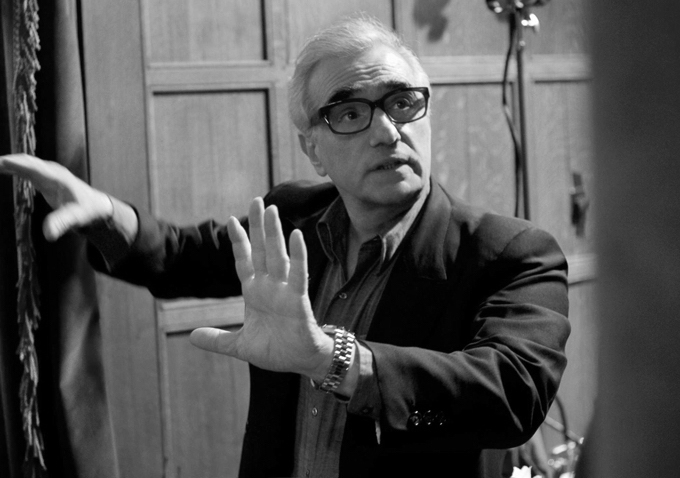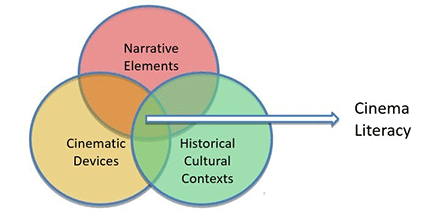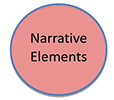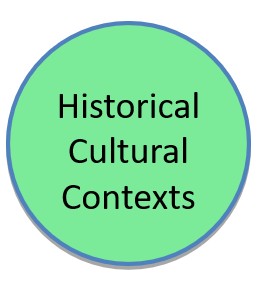About the Story of Movies
It is absolutely crucial that young people learn how to understand the difference between art and commerce and recognize the difference between a sequence of individually crafted images versus images that are mass-produced and used to grab your attention.
There is no difference between verbal and visual literacy. They're both important. They're both fundamental.
— Martin Scorsese

Martin Scorsese, Founder and Chair of The Film Foundation
The Story of Movies teaches middle school and high school students to understand and interpret the language of film and visual images. By teaching students how to "read" a film, and placing motion pictures in the context of history, art, and society, The Story of Movies strengthens students' critical-thinking and visual literacy skills.
Research has shown that young children do not naturally develop reading skills simply by being exposed to print texts. The same is true for children learning to read non-print texts. Simply showing movies in the classroom does not lead to cinema or visual literacy. Scaffolding is needed—a variety of strategies and practical applications that guide students beyond the simplistic read-the-book, watch-the-movie approach.
"No matter how many movies students may watch, without a scaffold, deep learning will be hit or miss," says Catherine Gourley, curriculum author.
In 2000, The Film Foundation recognized the need for a film-specific pedagogy to teach cinema literacy in the classroom. In collaboration with teachers across the country and educational organizations such as NCTE and NCSS, as well as filmmakers and film historians, the foundation developed National Film Study Standards. At that time, none existed. Although educators had been using movies in the classroom for many years, they were doing so without any identified benchmarks for what students ought to know about reading and analyzing non-print texts and about cinema literacy, in particular.
The Story of Movies educational programs are rooted in the National Film Study Standards. The learning objectives and teaching strategies, as well as the wide range of lesson plans, provide the scaffold on which teachers can create meaningful film study lessons for their students.
WHY TEACH THE STORY OF MOVIES?
The Story of Movies interdisciplinary approach integrates language arts, history, social studies, music, art, and science. Students tap their existing knowledge of these disciplines to:
- Develop critical viewing and thinking skills by learning the language of moving images.
- Explore the social issues and diverse points of view represented in films produced in different historical periods.
- Move beyond surface learning to a deeper comprehension of how movies, as cultural documents, can both mirror and influence social change.
- Understand that cinema is a collaborative art, distinguishable from other art forms.
HOW TO READ A MOVIE
The Story of Movies resources guide students in learning about three different aspects of a movie: The movie's narrative elements, the use of cinematic devices to tell the story, and the historical and cultural context of the period in which the movie was produced.

- To focus solely on the narrative does not teach students how to read the visual language of movies.
- The visual language of a movie is based on cinematic rather than literary devices. By learning the language of film, students can become critical viewers.
- Ignoring the historical and cultural contexts means students may not fully comprehend the film's message or its impact on audiences and society at the time it was produced and distributed.
Taken together, the three circles encourage students to move beyond surface learning to more challenging deeper comprehension. Where the three circles overlap, that's cinema literacy.
How do we take these circles and turn them into lessons that will engage and motivate students but also have educational value?
Teachers cannot expect students to watch a movie and then to decode the narrative, as well as to analyze the cinematic devices and historical/cultural contexts in just one screening. That may happen down the line once students become fluent in reading non-print texts. But to start, teachers need to separate the circles and focus on them one at a time.
Essential Question: What is the story about?
 |
Understanding the story is the first logical step in comprehension. To meet this objective, specific activities focus on the basic narrative elements of character, conflict, setting, rising and falling action. Students tap their existing knowledge of literature and language arts. |
Essential Question: How is the story told?
 |
Students identify and interpret the movie's use of film language through guided screening activities. Discussion focuses on the choices the filmmaker made, including framing and composing the shots, the use of camera angles and distances, editing, and the soundtrack. These choices control not only what the viewer sees but also how the viewer perceives what is seen. |
Essential Question: What does the story mean?
 |
Students tap their knowledge of history and social studies in order to interpret the movie. Activities challenge students to move beyond identifying what part of history did the movie get right or wrong. Rather, students explore what social issues may have influenced the filmmakers at the time the movie was produced and form judgments about the movie's relevance to the present day. |
Having learned about these three different aspects of a movie, students can then bring the circles together again, noting how each circle influences the other. Students move from surface learning (decoding the narrative) to think more deeply about the movie's visual design and historical/cultural significance.

